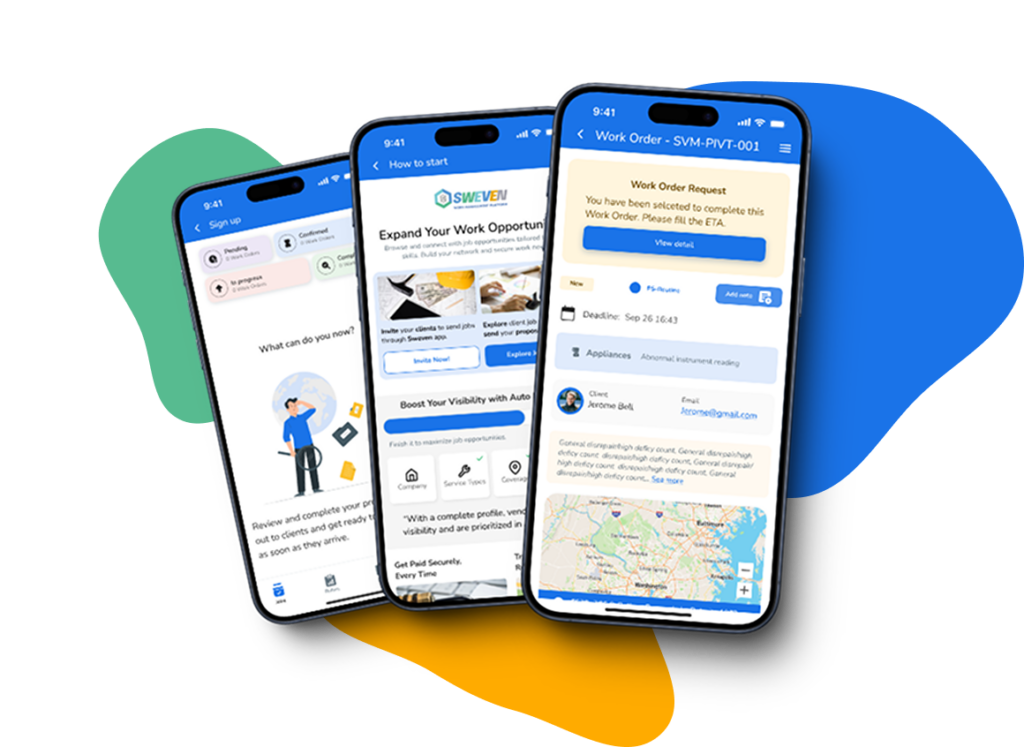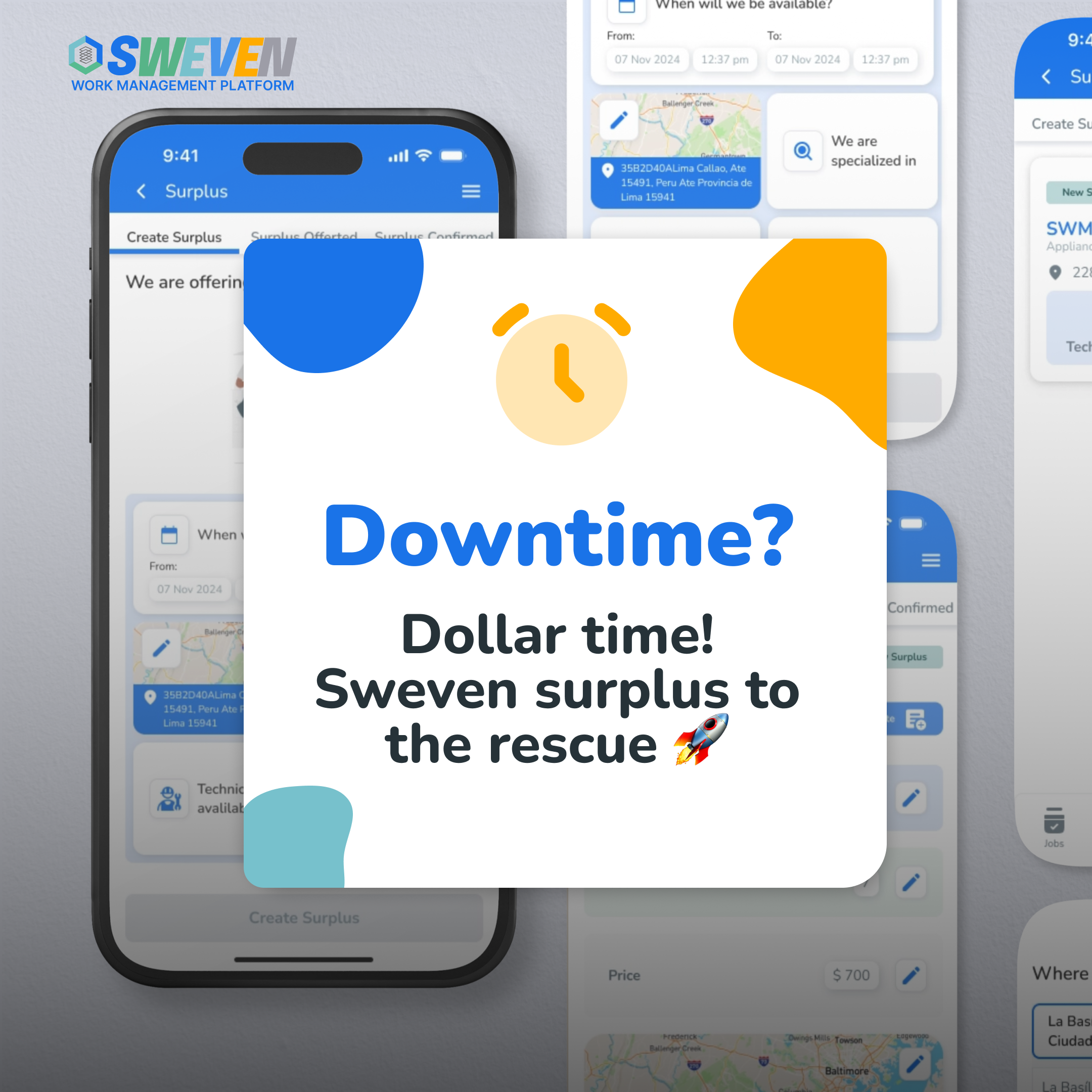For any Facility Manager, janitorial services are a major line item, and for good reason. Industry benchmarks, such as those published by the International Facility Management Association (IFMA), consistently show that cleaning accounts for 10% to 15% of a facility’s entire operating budget, making it one of the largest single expenses after utilities and rent. Traditionally, it’s been viewed as an unavoidable cost center. But what if optimizing your cleaning operations is one of the most powerful strategic levers you can pull?
Why this change is effective:
- Builds Credibility: Citing the IFMA (International Facility Management Association) immediately tells the reader that this isn’t just a random number. The IFMA is one of the most respected authorities in the facilities management world.
- Adds Authority: It shows that the post is well-researched and grounded in real-world industry data, making the rest of the advice much more trustworthy.
- Connects with the Audience: Professionals in FM recognize and respect sources like the IFMA, so it resonates directly with their knowledge base.
1. Let Data Lead the Way 📊
Traditional cleaning runs on fixed routes and schedules. Smart cleaning runs on real-time demand.
- The Problem: A cleaning crew spends the same amount of time on a restroom that was used 100 times as they do on one that was used 10 times. It’s inefficient.
- The Solution: Implement technology to measure usage. IoT-powered people-counters at the entrance to restrooms or common areas are a game-changer. According to a report by McKinsey, using IoT sensors for on-demand cleaning in restrooms can reduce janitorial labor hours by up to 25% while ensuring high-traffic areas are always pristine.
- Actionable Tip: Start with a usage audit. Analyze which areas of your building see the most traffic and at what times, then adjust cleaning routines accordingly.
2. Invest in Tech, Not Just Chemicals 🤖
Automation isn’t here to replace your staff—it’s here to empower them, freeing up your skilled team to focus on high-touch disinfecting and detail work.
- The Problem: Large floor areas like hallways, lobbies, and warehouses consume a massive number of labor hours on repetitive tasks.
- The Solution: Autonomous Mobile Robots (AMRs), also known as robotic floor scrubbers. These machines can handle floor cleaning consistently and be scheduled to run overnight or during off-peak hours. Market studies show that implementing AMRs can lead to labor cost savings of 20% to 30% for floor care.
- Actionable Tip: Look into leasing or «Robotics as a Service» (RaaS) models to pilot the technology without a major initial capital expenditure (CapEx).
3. Smart Sustainability: Good for the Planet, Great for Your Budget 🌿
Going green is no longer just about image; it’s a solid financial strategy.
- The Problem: Overuse of harsh chemicals, water waste, and disposable products inflates costs and negatively impacts Indoor Air Quality (IAQ).
- The Solution: Centralize and automate your chemical dispensing. Automated dilution control systems ensure the exact amount of product is used every time, eliminating waste. Facilities that adopt these systems report chemical consumption reductions of up to 50%. Furthermore, using «Green Seal» or «Ecolabel» certified products improves air quality and reduces health risks for occupants.
- Actionable Tip: Review your chemical inventory. Can you consolidate products? Can you switch to ultra-concentrated versions to cut down on packaging and shipping costs?
The Payoff: More Than Just Sparkling Floors
Optimizing your cleaning services isn’t a simple cost-cutting exercise. It’s a direct investment in occupant health, employee satisfaction, and operational efficiency. By shifting from a reactive, fixed model to a proactive, data-driven one, you transform a cost center into a strategic value-driver for your entire organization.
From Theory to Practice: Success Stories in Action
These strategies aren’t just future-gazing concepts; they’re being implemented right now by leading companies that are reaping the rewards. Here are a few examples of smart cleaning in the real world:
- Walmart 🤖 — Mastering Automation at Scale: The retail giant has deployed thousands of autonomous floor scrubbers, powered by Brain Corp’s AI software, across its U.S. stores. The result? This technology handles the time-consuming task of floor cleaning, freeing up associates to focus on more critical duties like sanitizing high-touch surfaces and serving customers. It’s a perfect example of using automation to augment, not replace, the human workforce.
- Johan Cruijff ArenA 📊 — Data-Driven Cleaning for a World-Class Experience: The home of AFC Ajax in Amsterdam, one of Europe’s most innovative stadiums, uses Tork Vision Cleaning. This system utilizes IoT sensors to track restroom traffic and dispenser levels in real time. The result? Cleaning staff are no longer tied to a fixed schedule. Instead, they receive alerts when a specific restroom needs attention, ensuring dispensers are never empty during a packed event. This has led to a 30% increase in visitor satisfaction with the facilities and more efficient staff deployment.
Microsoft 🌿 — Committing to Sustainable and Healthy Buildings: At its corporate campuses, Microsoft has implemented a comprehensive sustainable cleaning program. They prioritized the use of Green Seal-certified products and explored innovative chemical-free solutions like electrolyzed water. The result? They significantly reduced their chemical footprint, improved Indoor Air Quality (IAQ) for their employees, and often lowered procurement costs associated with harsh chemicals, proving that sustainability and financial prudence can go hand-in-hand.















